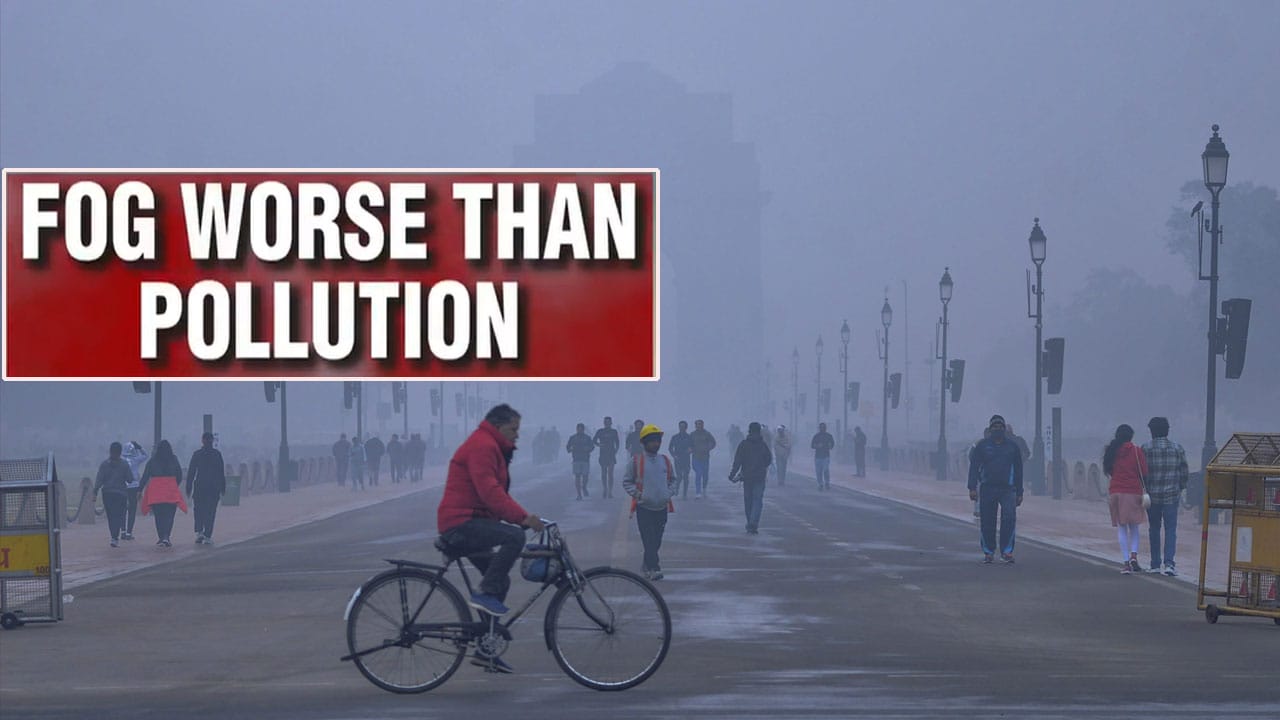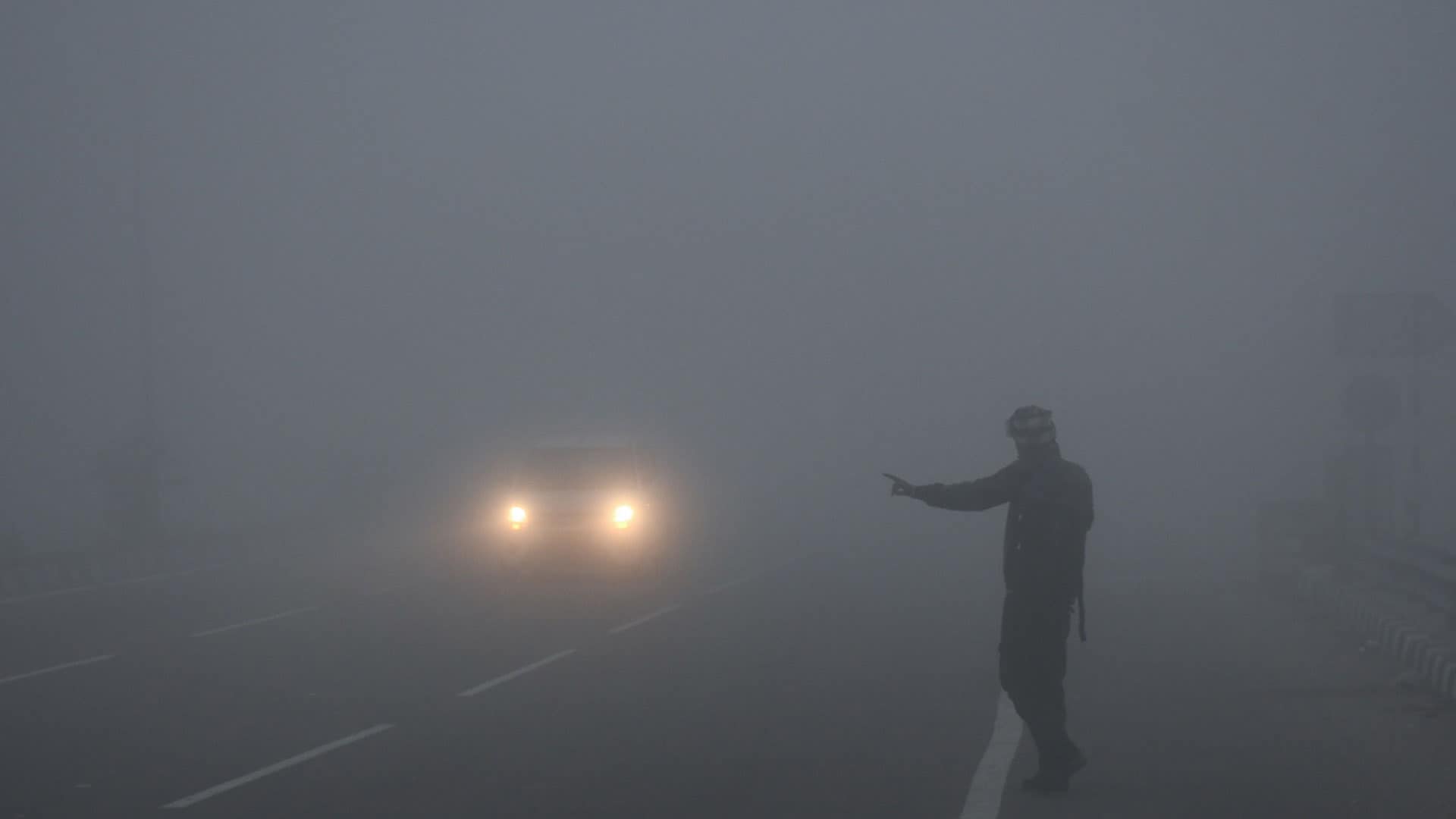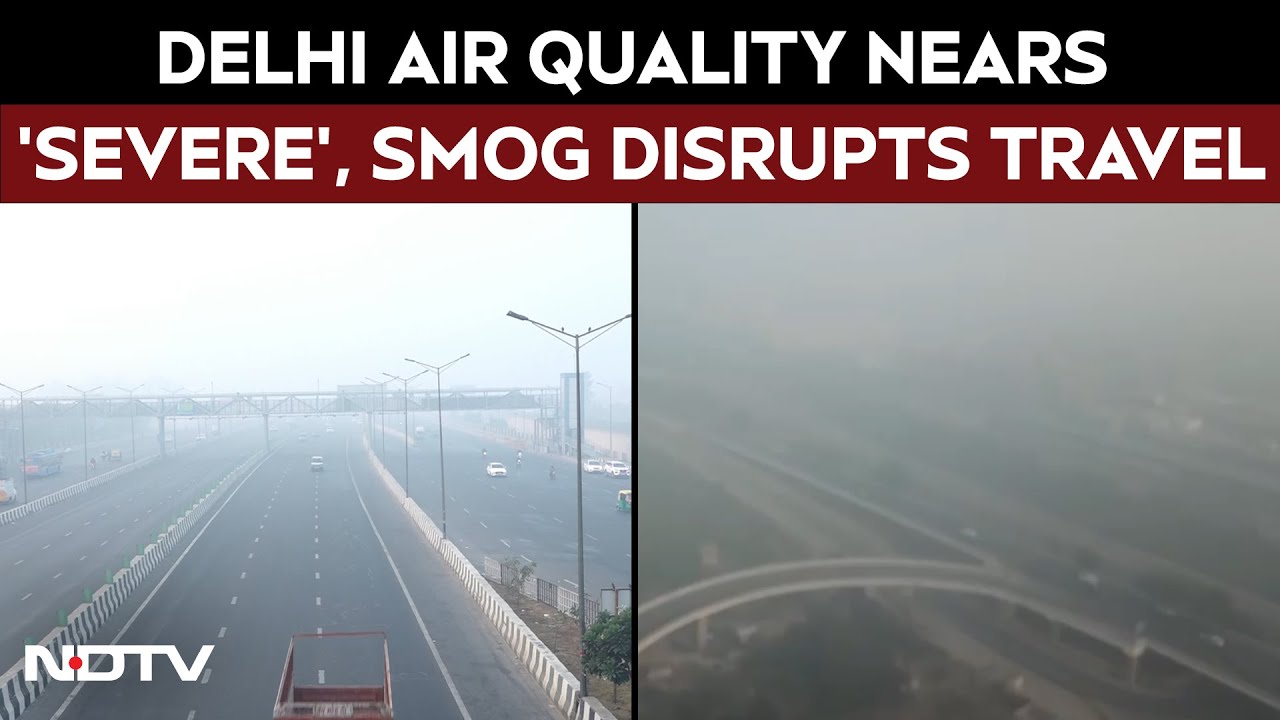- Home/
- How Air Pollution Is Harming More Than Just Our Lungs
How Air Pollution Is Harming More Than Just Our Lungs

While the national capital's AQI has been plummeting to new all-time lows, many of us are experiencing severe health problems. This is certainly the worst time of the year for people suffering from chronic respiratory problems. But the air quality is so bad that even people with healthy lungs are reeling under the consequences. Besides breathing difficulties, other side effects include headache, dizziness, lethargy, irritability in throat, itchy eyes and compromised immune system. Air pollution contributes to everything, from diabetes to dementia, from infertility to malignancy.
But do the air pollutants also impact our food and water resources? The answer is an unfortunate YES.
The Alarming Impact of Air Pollution on Food, Water, and Health
Air pollution can impact nutritional values of food as well as crop yields. The major air pollutants like ozone, nitrogen dioxide and sulphur dioxide can cause substantial damage to plants. A high level of ozone in the air blocks sunlight and reduces the rate of photosynthesis. It slows down the plant growth and results in smaller yields.
The high levels of nitrogen dioxide, sulphur dioxide and ammonia change the chemical composition of soils, lakes, rivers and other water bodies.
The nitrogen dioxide and sulphur dioxide in the air dissolve in rainwater and result in acid rain. Acid rain alters the soil pH. It results in poor nutrient absorption from the soil, causing stunted growth and yield reduction. When acid rain reaches the water bodies, it also acidifies the water, altering the aquatic ecosystem and affecting aquatic life.
Pesticides that are sprayed on crops during crop production can volatilise in the air and further pollute the air. Also, excess pesticides flow into the nearby water bodies thus polluting them. They may also be ingested by aquatic animals and enter the food chain.
Air pollutants also include heavy metal contaminants such as lead, mercury etc from industrial and vehicular emissions. These too can be absorbed by the plants and result in poor growth. Heavy metals in food can result in extreme health issues including kidney dysfunction, respiratory problems etc.
All these pollutants thus enter the food chain. Since these chemicals are usually non-biodegradable, they get accumulated in our bodies, a dangerous phenomenon called bio-accumulation or bio-magnification.
The effects of air pollution are far worse what we already know. Let's all pledge to add fewer pollutants to our environment.
Disclaimer: This content including advice provides generic information only. It is in no way a substitute for a qualified medical opinion. Always consult a specialist or your own doctor for more information. NDTV does not claim responsibility for this information.
Latest Stories
- Written by Shreya Goswami | Monday December 29, 2025
Dense fog in Delhi-NCR and North India during winter, often coupled with severe air pollution, reduces visibility dramatically and poses health risks.
- Edited by Ritu Singh | Monday December 29, 2025
This resignation is seen as an unusual event in Indian corporate history, where an executive has cited environmental conditions as the reason for leaving.
- NDTV News Desk | Monday December 29, 2025 , New Delhi
The national capital, Delhi, once again woke up to a thick layer of smog blanketing the city with the Air Quality Index (AQI) at 402, falling under the 'severe' category at 7 am.
- Press Trust of India | Sunday December 28, 2025 , New Delhi
The national capital recorded air quality in the "very poor" category on Sunday with an overall Air Quality Index reading of 390, according to the Central Pollution Control Board (CPCB).
- Edited by Ritu Singh | Sunday December 28, 2025
In the Instagram clip, Vishal showcases his daily life and contrasts it with what he says is the harsh reality of life in Indian cities.
................................ Advertisement ................................
Latest Videos
Opinion
Blog | Well Done, Delhi. You've Turned Lung Sacrifice Into A Badge Of HonourSaikat Kumar Bose
Monday November 10, 2025Till some years back, Delhiites would ask angry questions to those in power about the capitals annual tryst with toxic air. This has changed. Those in the driving seat dont see the need to answer now.
Opinion | Why Indians Have Just Given Up On Air Pollution CrisisTanushree Ganguly
Friday December 20, 2024While some may argue that people in Delhi are now more aware of air pollution than they were a decade back, my rebuttal would be that awareness does not mean that people are concerned.
Opinion | You Must Outrage Over Filthy Air More Than Once A YearJyoti Pande Lavakare
Tuesday December 10, 2024Delhi welcomed us with monsoon rains and mangos. We were home. Fast forward a couple of years, in the winter of 2012, I found myself in denial about something other parents, mostly expats, were calling toxic air.
Opinion | Delhi's Air Pollution Situation Is Like A Bad MarriageNishtha Gautam
Friday November 22, 2024On a good day, such as today, the AQI reading in Delhi is 407. We are jubilant at the sickly sunshine trickling through the slightly dissipated smog. At least its not 1600.
दिवाली... पराली... सियासी जुगाली!Ashwini kumar
Monday November 18, 2024दिल्ली-एनसीआर में प्रदूषण का समाधान तो आज तक मिला नहीं. हर साल चिंतित होकर हम-आप सांसों की तकलीफ के साथ-साथ दिल और ब्लड प्रेशर के मरीज भी क्यों बनें?


















